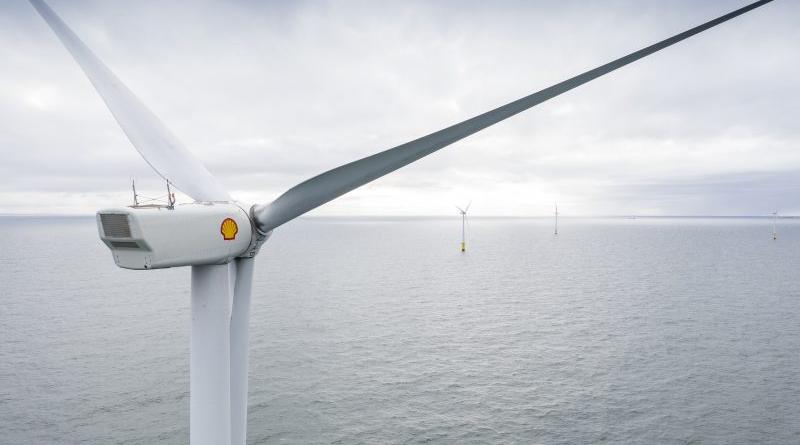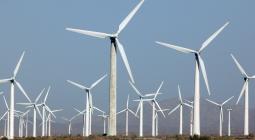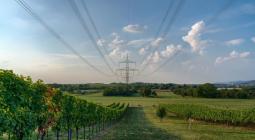Power Market Integration, Key to a Resilient and Low Carbon Future

If the past three years – and particularly following the invasion of Ukraine – have revealed anything, it’s that security of energy supply and ensuring flexibility (the ability to match supply and demand) are vital to maintaining energy system stability in the face of uncertain and even unprecedented conditions.
Thomas Brostrøm is the Executive Vice President, Renewables and Energy Solutions at Shell.
The EU’s continued efforts to boost energy supply, improve competitiveness and accelerate renewables deployment are crucial, now more than ever. The Green Deal Industrial Plan will strengthen Europe’s investment environment by establishing a stable regulatory framework, fast-tracking renewable energy permits and streamlining grid connections. The Commission’s Net Zero Industry Act also holds the potential to fortify European manufacturing capacity for net zero technologies by tackling the barriers to scaling up production in Europe.
However, there is one other competitive strength that Europe possesses which should not be underestimated. And that strength is integration.
The EU is already the world’s largest interconnected power market and has long benefited from its liberalised nature. Its robust integrated system ensures power flows from where it is generated to where it is needed. This system saves Europeans billions annually. Now is the time to build upon this strength in three critical ways:
- Firstly, Europe must foster deeper integration across borders. By expanding interconnection capacity, power can flow seamlessly from where it can be generated inexpensively, to where demand is high. In 2023, for the first time, members of the North Seas Energy Cooperation group will develop joint offshore grid plans for hydrogen and offshore wind. This will be a gamechanger, enabling European Member States to optimise energy generation and transportation across borders, benefiting European consumers. The 10GW Danish Energy Island, which Shell is looking to play a role in through our participation in the VindØ Energy Consortium, is one example of what could be possible in this space.
- Secondly, Europe must integrate weather-dependent renewables with technologies like batteries and hydrogen to ensure excess generation can be captured and discharged when needed. Shell is proud to be working with Eneco and the Dutch government to deliver a 759MW offshore wind farm which is also testing innovations like floating solar generation, batteries and renewable hydrogen that could enable more constant electricity production regardless of wind conditions, when implemented at scale.
- Lastly, Europe must preserve the price signals that drive energy integration both geographically (by ensuring power flows from where it is generated to where it is needed) and temporally (by ensuring energy is stored when demand – and therefore prices – are low and discharged when the opposite is true).
In our view, any revision of the EU Electricity Market Design must ensure the market price signals which incentivise innovation in flexible demand and supply are maintained as far as possible. Shell supports the European Commission’s recent proposals to reduce price spikes for consumers through long term contracts, such as Power Purchase Agreements (PPAs) or 2-sided Contracts for Difference (CfDs). However, how these schemes are structured matters for European power market integration.
PPAs should be prioritised because they enable customers to directly secure energy at a price and profile that best meets their needs, without the market distortions sometimes seen with 2-sided CfDs. To facilitate PPAs, all renewable projects should receive the Guarantee of Origin certificates required to track and trace power across borders. Cross border PPAs would also be better enabled by Transmission System Operators offering longer term financial transmission rights.
Two-sided CfDs can help smooth out price spikes for consumers and industry. These make sense for nascent technologies and markets where government action helps to de-risk power prices and drive new investment as much as possible. When wholesale power prices are high, the generator pays the consumer back. When they are low, the opposite occurs, the theory being that this approach helps stabilize prices for both generators and consumers.
We see an important role for CfDs in bringing technology to maturity, as already experienced with Bottom Fixed Offshore Wind. Also, they could be hugely beneficial for floating offshore wind where development and investment are needed at scale to unlock the enormous potential of wind capacity out in deeper waters.
But they have drawbacks as well. The regulated power price they provide creates a “produce and forget” mentality, undermining the incentive for generators to trade forward, or to invest in the technologies that balance supply and demand like storage or hydrogen.
For this reason, 2-sided CfDs should not be made mandatory for either existing or new generation. Member States should have leeway to decide when to use them, based on local market conditions. And, where used, 2-sided CfDs must include exposure to market price signals and be able to be combined with PPAs.
By fostering deeper cross-border connections, integrating diverse energy sources, and preserving vital price signals, Europe can ensure a secure and flexible energy system that meets the needs of its citizens.
Shell is committed to supporting these efforts and believes that prioritising PPAs and adapting CfDs can help balance supply and demand without distorting the market.
As Europe faces ongoing energy challenges and geopolitical tensions, it is crucial to embrace integration and innovation to build a resilient and sustainable energy landscape for the benefit of all.
cover photo:[Shell]






